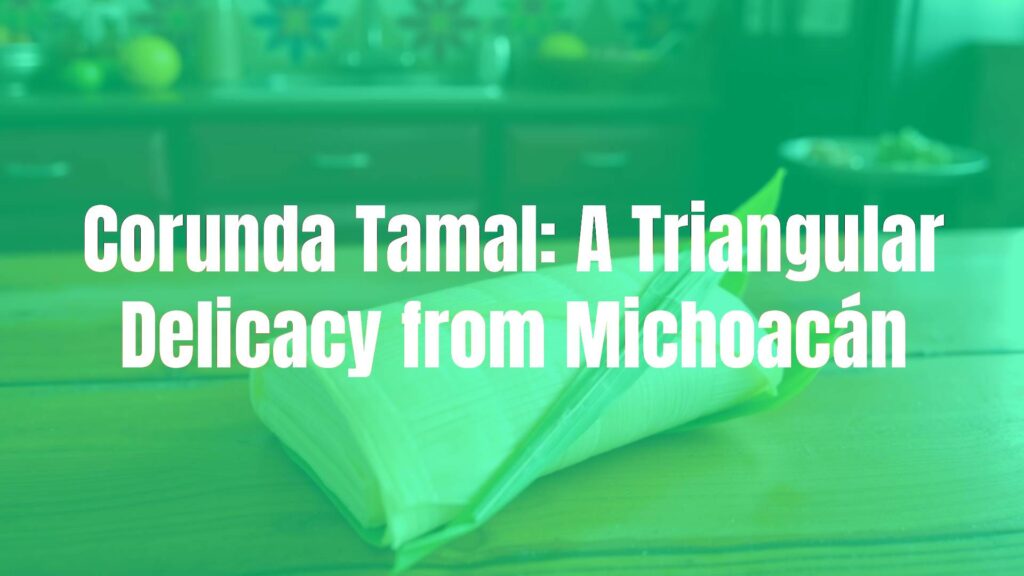What Are Corundas?
Corundas are a distinctive type of tamal originating from the Mexican state of Michoacán. Unlike the more widely recognized tamal shapes, corundas are notable for their compact triangular or sometimes star-like wraps, created by folding maize dough into layers and wrapping it in fresh corn leaves instead of the more commonly used dried husks. This traditional preparation emphasizes simplicity and highlights the natural flavors of maize.
Historical Roots and Cultural Importance
The origins of corundas trace back to the indigenous Purépecha people of Michoacán, who developed this dish as part of their pre-Hispanic culinary traditions. The method of folding the dough and using fresh corn leaves is believed to reflect agricultural cycles and seasonal abundance. Corundas are deeply integrated into local festivals, family gatherings, and religious celebrations, often symbolizing communal values and the importance of maize as a staple food.
Ingredients That Define Corundas
At their core, corundas are made from masa—a dough created with nixtamalized corn. The dough is usually accented with a bit of lard or vegetable shortening and occasionally enriched with cheese or cream, giving the tamal a rich and smooth texture. Corundas rarely feature fillings, distinguishing them from other Mexican tamales. The use of fresh, green corn leaves for wrapping imparts a subtle, grassy aroma and helps the tamal remain moist during steaming.
Regional Variations and Adaptations
While the classic corunda remains unfilled, some variations may include a small amount of cheese, chile, or even beans for added flavor. In neighboring regions or within modern kitchens, cooks might experiment by incorporating herbs such as epazote or by substituting vegetable shortening for lard. These adaptations maintain the essence of the dish while responding to local and dietary preferences.
Appearance, Flavor, and Texture
The standout feature of corundas is their geometric shape—little pyramids or prisms—formed through a skillful folding technique. When unwrapped, they reveal a pale yellow masa with a soft, pillowy consistency. The flavor is lightly savory, foregrounding the scent and taste of fresh corn, often complemented by the faint earthiness imparted by the corn leaf wrapper.
Serving Suggestions and Pairings
Corundas are typically served as an accompaniment to hearty dishes or as part of a celebratory spread. In Michoacán, it’s customary to serve them alongside atole (a warm corn-based beverage) or with rich stews such as churipo (a beef stew with chili and vegetables). They pair beautifully with salsas—particularly red or tomatillo-based sauces—and crumbled cheese. For a festive meal, corundas can be enjoyed with Mexican hot chocolate or a light-bodied mezcal.
Conclusion
Corundas offer a window into the regional identity and rich culinary history of Michoacán. Their elegant shape, simple ingredients, and ceremonial roots make them a beloved treat for locals and an intriguing discovery for those exploring the diversity of Mexican tamales. Whether enjoyed at a bustling festival or a quiet family table, corundas remain a timeless celebration of tradition and craftsmanship.

